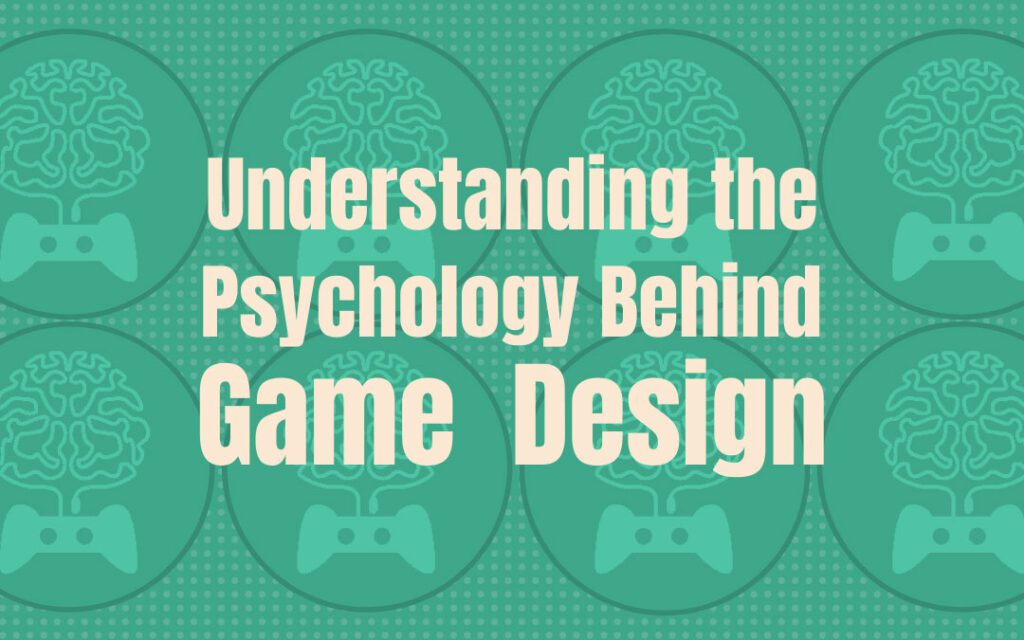Game design is a combination of creativity, technology, and psychology. Understanding player motivation and behavior is crucial for creating successful and engaging games. Intrinsic and extrinsic motivation, as well as emotions, play a significant role in shaping a player’s engagement. Designing for intrinsic motivation involves offering autonomy, competence, and relatedness. Extrinsic motivation can be reinforced through rewards. Emotions can greatly influence a player’s engagement with a game. Behavioral psychology principles, such as operant conditioning and positive reinforcement, can shape player behavior. User experience design focuses on creating a seamless and enjoyable interaction. Understanding player psychology is essential for creating captivating and immersive gaming experiences.
Mastering the Psychology of Game Design: Understanding Player Motivation and Behavior
Introduction
Game design is an art that combines creativity, technology, and psychology. Developing games that not only entertain but also engage players at a psychological level is crucial for their success. To master the psychology of game design, understanding player motivation and behavior is essential. This article explores the different aspects of player psychology and how they can be harnessed to create captivating and immersive gaming experiences.
The Psychology of Player Motivation
Intrinsic and extrinsic motivation play a significant role in shaping a player’s engagement with a game. Intrinsic motivation arises from internal factors such as the player’s desire for achievement, exploration, and self-expression. On the other hand, extrinsic motivation comes from external sources like rewards, competition, and social recognition. Game designers must strike a balance between these two motivators to keep players engaged throughout their gaming experience.
Designing for Intrinsic Motivation
To tap into intrinsic motivation, games should offer players a sense of autonomy, competence, and relatedness. Autonomy allows players to make meaningful choices and control their in-game actions, fostering a sense of ownership. Competence is achieved by providing players with challenges that are both achievable and rewarding. Relatedness refers to the social aspect of gaming, where players can connect with others and form communities.
Designing for Extrinsic Motivation
Extrinsic motivation can be reinforced by incorporating rewards, both tangible and intangible, into the game. These rewards can include in-game currency, achievements, badges, and leaderboards. By providing players with a sense of progress and achievement, game designers can tap into the human desire for recognition and competition.
The Role of Emotions in Game Design
Emotions play a vital role in the player’s overall experience and can greatly influence their engagement with the game. Game designers should aim to evoke a range of emotions, such as excitement, joy, surprise, and even fear, to create a memorable experience. Emotionally engaging games are more likely to leave a lasting impression on players and encourage continued play.
Applying Behavioral Psychology in Game Design
Behavioral psychology principles can be leveraged to shape player behavior. Game designers can use techniques such as operant conditioning and positive reinforcement to guide players towards desired actions. By designing clear goals, providing feedback, and offering rewards, game designers can influence player behavior and steer them towards sustained engagement.
The Importance of User Experience Design
User experience (UX) design focuses on creating a seamless and enjoyable interaction between players and the game. Understanding player psychology and behavior is crucial for crafting a great UX. By conducting user research, playtesting, and implementing iterative design processes, game designers can refine the game’s mechanics and user interface to enhance player engagement and satisfaction.
Conclusion
Mastering the psychology of game design is a multifaceted endeavor that requires a deep understanding of player motivation and behavior. By incorporating principles from psychology, game designers can create captivating and immersive gaming experiences. Balancing intrinsic and extrinsic motivation, evoking emotions, leveraging behavioral psychology, and focusing on user experience are all essential elements in designing games that keep players engaged and coming back for more.
